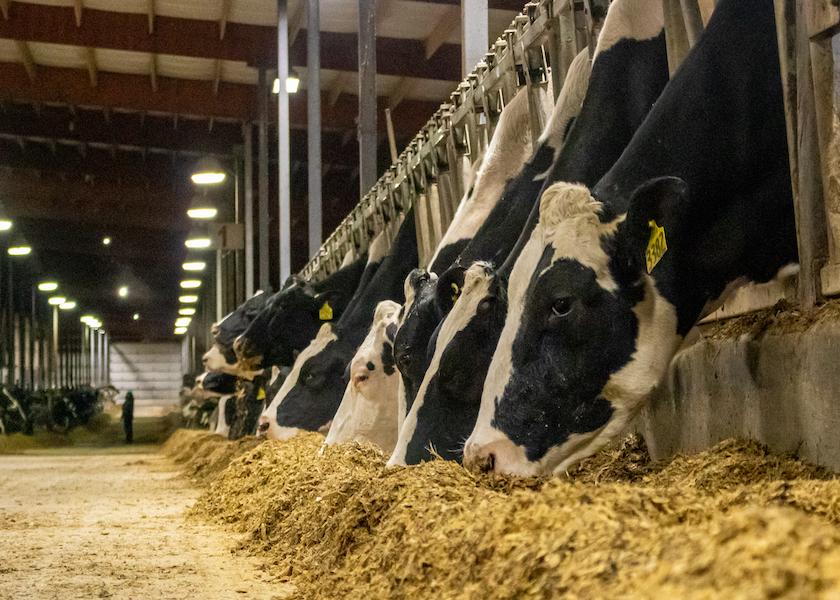Rare Human Case of Bird Flu Confirmed. Officials Believe it Began on Texas Dairy

Just a week after discovering that Highly Pathogenic Avian Influenza, also known as bird flu, was the cause of illness for several dairy herds throughout the Texas Panhandle, New Mexico and Kansas, the Texas Department of State Health Services (DSHS) is now reporting that a human case of avian influenza A(H5N1) virus has been confirmed in Texas. The case was identified in a person who had direct exposure to dairy cattle presumed to be infected with the disease.
The patient, who experienced eye inflammation as their only symptom, was tested for flu late last week with confirmatory testing performed by the Centers for Disease Control and Prevention over the weekend. Currently, the patient is being treated with the antiviral drug oseltamivir. The DSHS reports that the human case does not change the risk for the general public, which still remains low.
According to the CDC, this is the second human case of H5N1 flu in the U.S. and the first linked to an exposure to cattle. Symptoms can include a fever, cough, sore throat, runny or stuffy nose, headaches, fatigue, eye redness, shortness of breath, diarrhea, nausea, vomiting, or seizures. The illness can range from mild to severe, and health care providers who come across someone who may have the virus should “immediately consult their local health department,” according to the alert.
“The risk to the general public is believed to be low; however, people with close contact with affected animals suspected of having avian influenza A(H5N1) have a higher risk of infection,” the alert said.
While the disease is new to the dairy industry, the U.S. Department of Agriculture says there is no safety concern to the commercial milk supply. Consumer health is also not at risk, the department said. The milk from impacted animals is being dumped or destroyed and will not enter the food supply.
"Milk from impacted animals is being diverted or destroyed so that it does not enter the human food supply," agencies said. "In addition, pasteurization has continually proven to inactivate bacteria and viruses, like influenza, in milk. FDA's longstanding position is that unpasteurized, raw milk can harbor dangerous microorganisms that can pose serious health risks to consumers, and FDA is reminding consumers of the risks associated with raw milk consumption in light of the HPAI detections."
The virus was detected in dairy herds in Texas and Kansas last week and has since spread to additional herds in at least five states, all of which include:
- Texas
- Kansas
- New Mexico
- Idaho
- Michigan
This leads some scientists to believe that the virus may be spreading cow-to-cow.
Texas officials are guiding affected dairies about how to minimize workers’ exposure and how people who work with affected cattle can monitor for flu-like symptoms and get tested.
In addition, officials are strongly advising dairy producers to use all standard biosecurity measures. They note it's important for producers to clean and disinfect all livestock watering devices and isolate drinking water where it might be contaminated by waterfowl. Farmers are also being asked to notify their herd veterinarian if they suspect any cattle within their herd are displaying symptoms of this condition.
“Unlike affected poultry, I foresee there will be no need to depopulate dairy herds,” says Texas Agriculture Commissioner Sid Miller. “Cattle are expected to fully recover. The Texas Department of Agriculture is committed to providing unwavering support to our dairy industry.”
For more n HPAI, read:
- Strange Bird Flu Outbreak, HPAI, Now Detected at Idaho Dairy
- APHIS Now Thinks Wild Birds Are to Blame for Highly Pathogenic Avian Influenza's Arrival on Four U.S. Dairies
- BREAKING: Mystery Illness Impacting Texas, Kansas Dairy Cattle is Confirmed as Highly Pathogenic Avian Influenza Strain
- Meat Institute: Properly Prepared Beef is Safe to Eat; HPAI is not a Food Safety Threat







